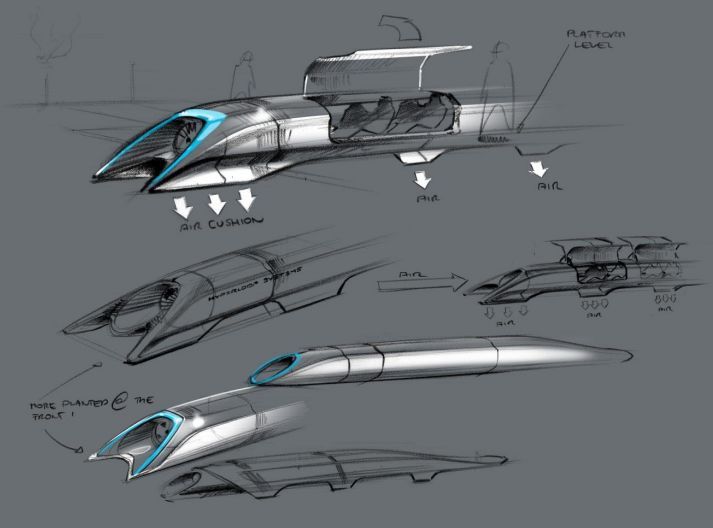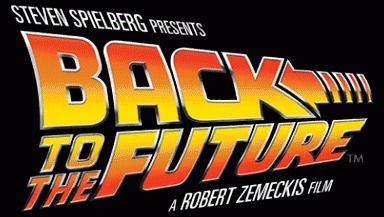LIDAR units once cost $75,000. Now a $250 LIDAR, with no moving parts, is about to enter the market.
Giving a car “eyes” once cost a fortune. Now it’s affordable, a good sign for autonomous vehicles.
LIDAR units once cost $75,000. Now a $250 LIDAR, with no moving parts, is about to enter the market.
Giving a car “eyes” once cost a fortune. Now it’s affordable, a good sign for autonomous vehicles.

A California company with visions of building a futuristic transportation system to one day zip people and packages at nearly the speed of sound announced Tuesday it is building a test facility in southern Nevada.
Hyperloop Technologies Inc. and the Nevada governor’s office said the 50-acre facility at a fledgling North Las Vegas business park will test a linear electric motor at speeds of about 335 mph—about half the speed envisioned in a full-scale system.
“This decision represents another major milestone in our journey to bring Hyperloop to commercial reality,” Rob Lloyd, CEO of the Los Angeles-based company, said in a statement.
The future of delivery, where drones bring your package in 30 minutes or less. http://voc.tv/1P6L9zh
Who else wants one?
We hear about virtual reality all the time, but what if your driving in *real life* actually controlled a virtual car? http://voc.tv/1P6L9zh

Just How Much Did ‘Back to the Future’ Get Right about October 2015? 2:19.
In “Back to the Future Part II,” Marty McFly and Doc Brown travel from 1985 to October 21, 2015, to find a world filled with flying cars, hoverboards and self-drying jackets.
Those predictions didn’t exactly pan out, although people are working on each of those concepts. (Screenwriter Bob Gale did get a lot of things — from drones to fingerprint scanners — right, as he told TODAY earlier this year.)


The world’s fastest charging electric bus is now operating in the eastern Chinese port city of Ningbo.
According to local transportation authorities, the public bus — which was manufactured in Ningbo and runs along a 24-stop, 11 kilometre route — takes as little as 10 seconds to charge up and be ready for the next leg of its journey.
Amazon says drones can deliver packages weighing up to 5 pounds within 30 minutes.
“In time, there will be a whole family of Amazon drones,” says narrator Jeremy Clarkson, the former BBC “Top Gear” cohost who is working on a similar show for Amazon. “Different designs for different environments.”
Amazon isn’t alone in the race to create a drone-based delivery service. Alphabet, Google’s new parent company, said earlier this month it would be offering drone deliveries by 2017, and Walmart said in October it had applied for permission to test delivery drones.